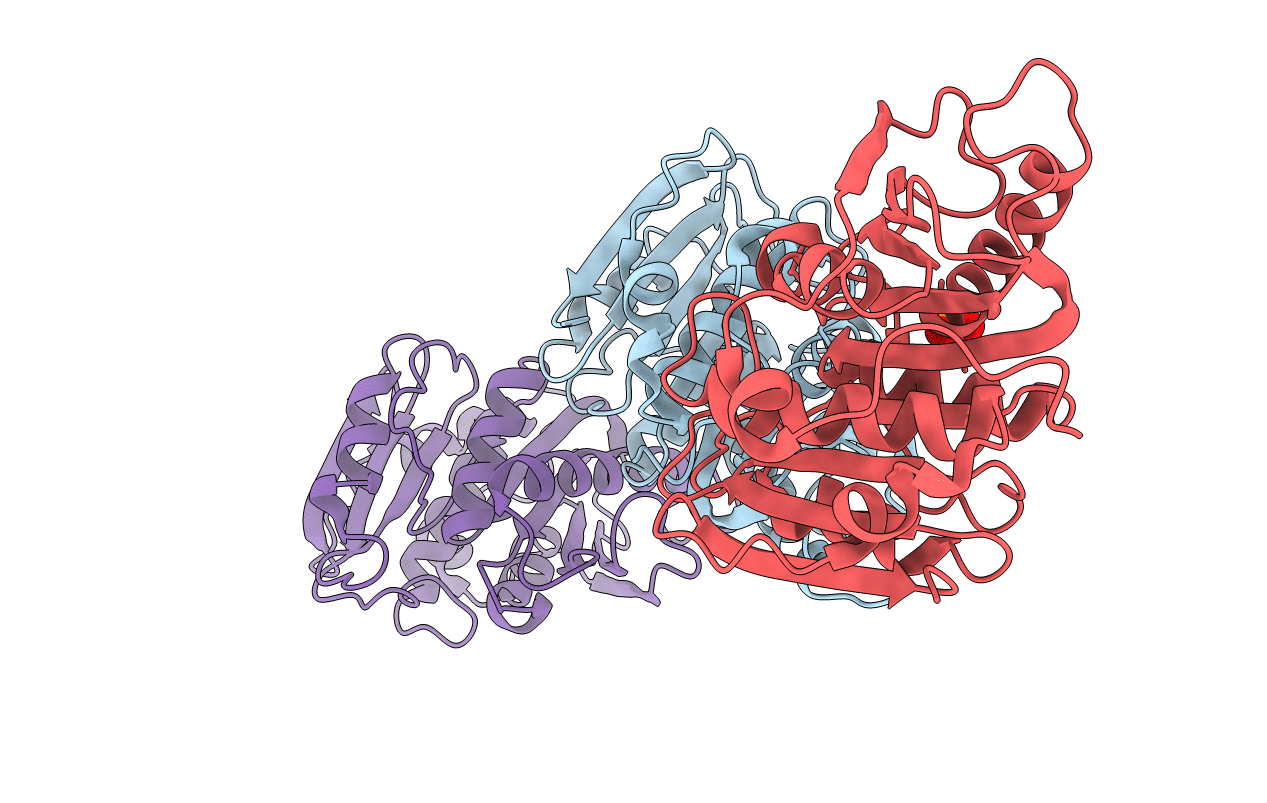
Deposition Date
2017-10-12
Release Date
2018-04-25
Last Version Date
2024-10-23
Entry Detail
PDB ID:
6EQG
Keywords:
Title:
Crystal structure of a polyethylene terephthalate degrading hydrolase from Ideonella sakaiensis in spacegroup P21
Biological Source:
Source Organism:
Ideonella sakaiensis (strain 201-F6) (Taxon ID: 1547922)
Host Organism:
Method Details:
Experimental Method:
Resolution:
1.80 Å
R-Value Free:
0.18
R-Value Work:
0.15
R-Value Observed:
0.15
Space Group:
P 1 21 1


